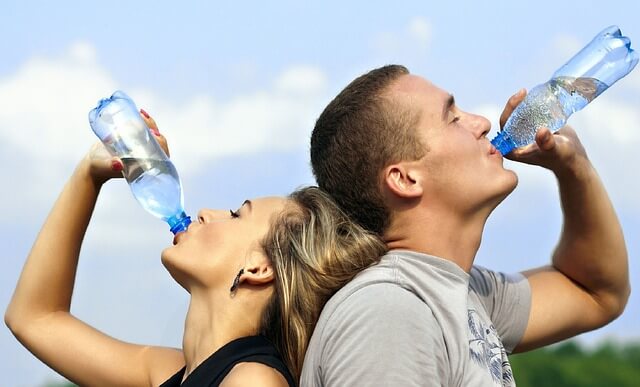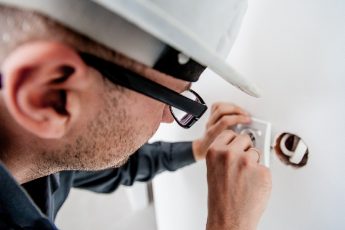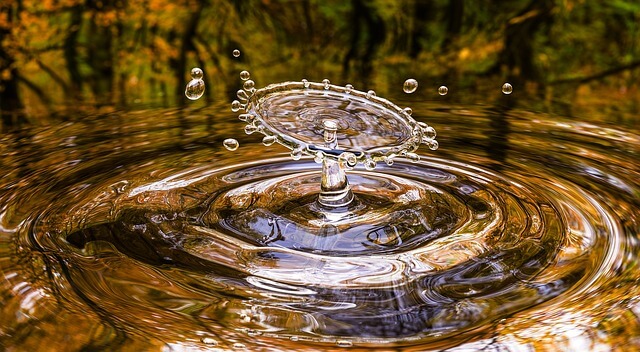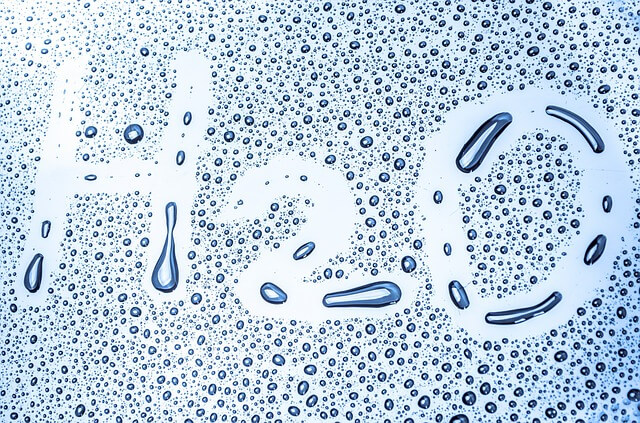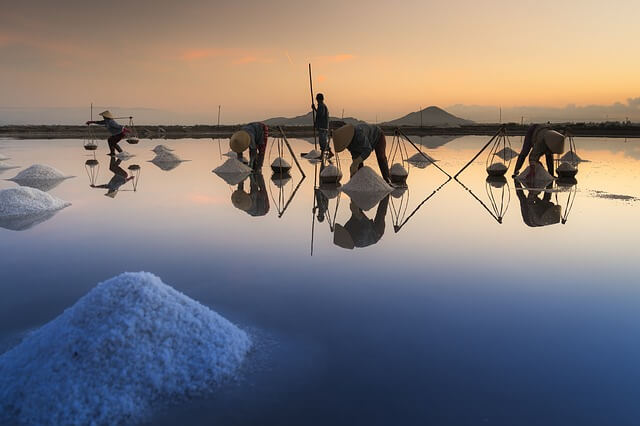Everyone thinks that to drink water from a plastic bottle is simple, comfortable, accessible and harmless. But what if a plastic bottle is evil in its pure form, which harms not only the environment, but us as well?
How much has been said about the necessity to protect nature and to become the safest resident for our home, but it’s all useless. Not so long ago, scientists even stated that from a certain point we are “living in debt” and the resources of the Earth are no longer being restored. And what if our habits harm not only the planet, but us as well?
No matter how much you talk about the harm of plastic – all to no avail. We cannot give up using a practical and handy bottle, which is so easy to take or buy anywhere. But let’s stop this, because there are good reasons for this. Why is the water in the bottle so harmful?
Firstly, it is worth mentioning that we can’t live without clear water, as it is useful and necessary for us. Everyone knows that we consist of water by 70 %. Doctors recommend beginning the day with a glass of water.
Plastic poisons water
The fact that plastic can poison water and infect it with harmful substances looks like the headline of another cheap broadcast on television. However, this is a fact. Fact with scientific explanation and rather reliable subpoints.
Under any circumstances don’t drink water from a plastic bottle, which stayed in the car under the sun even for a little while. This water is not safe. The thing is that during a minimal heating, a plastic bottle emits a substance such as Bisphenol A (BPA). It passes into the water, and the human body recognizes it as an estrogen (a female hormone that can affect the performance of our endocrine system).
It can be confidently asserted that an inoffensive warm mineral water in a plastic bottle can adversely affect the work of our brain, damage immunity and even lead to asthma and diabetes. In the worst cases, cancer. Therefore, do not heat any food or beverage in a plastic container. And it’s better not to use them at all. Well, if you are ready to get rid of plastic bottles and containers.
Plastic provokes infertility
So, plastic lead to infertility. As it has connection with the aforementioned Bisphenol, its presence in the organism can directly affect our reproductive function. That’s how a usual plastic bottle can become a sponsor of ongoing attempts to make IVF. And suffering.
Do not fill a plastic bottle twice
Plastic water bottle it is not a bank card or even glass packing materials. It is a disposable tableware. And this means that it is not possible to fill anything into a plastic bottle for a second time. Plastic can change its shape and deteriorate, and this entails the multiplication of harmful bacteria in bottled water.
So usual water bottles are not safe, as you can easily get such a vomiting bug, as norovirus, and even ordinary poisoning. Besides, all other reusable water bottles, which, for example, we use when doing sports, you need to rinse in cold water before using again.
Plastic damages the environment
It’s no secret that plastic bottles can be recycled, but of the total number of plastic water bottles in the world, only 1 percent is recyclable. The rest of the amount rot on dumps for years, poisoning the air and the environment. According to the latest data, by 2050 there will have 26 million pounds of plastic, which will not go anywhere.
Not all plastic is harmful
Of course, we do not call for a complete abandonment of plastic bottles, but we urge the recycling of disposable plastic bottles as a good alternative. So-called reusable plastic can rescue us. There are those fashionable water bottles, like My Bottle, that often flaunted in Instagram.
Safe types of plastic:
PET, polyethylene terephthalate. The most common material in the production of bottles for beverages, water and other food liquids. Safe, non-toxic, suitable for secondary processing.
LDPE, low density polyethylene. Used in the production of rigid containers for products, as well as for bags and packages. Safe, does not contain harmful substances that can react with food. Recycled and reused.
PP, polypropylene. The most common plastic for the production of food containers reusable. Absolutely safe, used for storing baby food, resistant to temperatures.
Meanwhile some kinds of plastic are not that safe:
HDPE, high density polyethylene. It is widely used for non-food household fluids – dishwashing detergents, liquid soap, motor oil, as well as for garbage bags. Not reused, but recyclable. Since we do not use it in the food industry and HDPE can withstand the effects of heating up to 70 ° C, it is not very harmful for human health.
PVC, polyvinyl chloride. Used for storing detergents and other non-food products, as well as in heavy industry, for example, for the production of pipelines, barrels of oil and so on. Heated PVC emits dangerous substances and becomes extremely toxic, so it is not used in the food industry. As you might guess, the reasonable user just does not think to heat it up.
PS, polystyrene. Used for the thermal insulation of buildings, as well as for the production of disposable tableware, for example, at the station cafe we most often drink tea or coffee from a polystyrene cup. In this case, polystyrene starts to release toxic substances with strong heating, so the world is gradually abandoning its use in the food industry. The main reason for the low speed of this process is the cheapness of the material.
Therefore, if you do not want to drink dangerous water and want to save the environment, then you should choose a reusable bottle made of food plastic. This is convenient, thrifty, and safe. It also doesn’t lead to the dangerous plastic waste and to water pollution.

